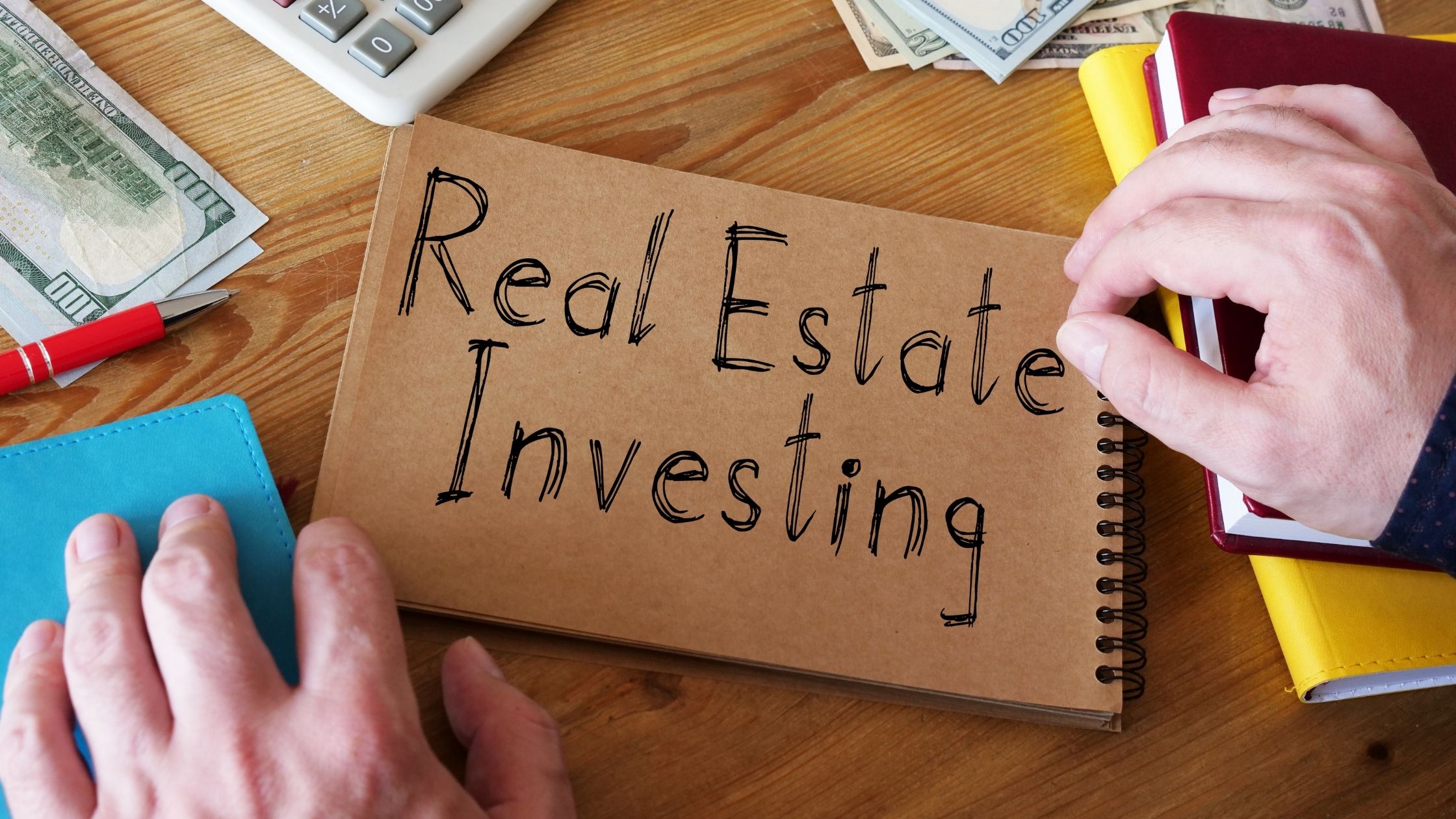By Bricksave Admin | Bricksave
April 22, 2022
News > Blog Article > 4 strategies to invest in Real …

Property is one of the most attractive investment classes and historically strong investment, but not everyone has enough cash to simply buy a house outright. Thankfully, there are a number of ways to reap the financial rewards, even if you only have a modest budget. Here are four of the best ways to invest in property - and why we think crowdfunding beats the rest.
Buying a property outright is the simplest yet most expensive way to invest. The asset will be yours and you won’t be at the mercy of paying off a mortgage or bank, meaning you can hold onto it even if your financial situation changes. Don’t want to become a landlord? You won’t be required to fill the property with tenants to pay your mortgage, but will receive 100% of the income (aside from taxes) if you do.
However, purchasing an investment property with cash isn’t without its downsides. The biggest drawback is that it is an incredibly inaccessible investment route for the average person, who doesn’t have hundreds of thousands of dollars lying around.
If you choose not to fill your property with tenants to avoid potential hassle, you’ll receive zero income, unlike the dividends you could receive from investing in other asset classes. Leaving your property vacant also leaves you vulnerable to squatters, damp and general wear and tear, which could make it harder to sell down the line.
A popular and more accessible route to investing in property is by purchasing a home (either outright or with a mortgage) and renting it out to one family unit or couple. In the US alone, there are close to 16 million single-family rentals (SFR) properties, showing this is a huge market to tap into. Unlike HMOs, which tend to be concentrated in the most cosmopolitan cities, SFRs are in-demand in virtually every corner of the globe.
Pick the right tenants for your property and you’ll end up with a reliable source of income, possibly for years to come, as you wait for the property’s price to potentially rise. And as all family members or both members of the couple will typically pay their rent from just one account, you’ll only have to rely on one source for the income.
SFRs can also be a lot less hassle than HMOs, as you won’t have to deal with demands from multiple sets of tenants. The vast majority of property agents are also happy to take over tenant management for a fee, meaning you can enjoy a virtually passive source of income without day-to-day inconveniences.
While this route to investment is more accessible, it’s not without its risks. If your tenants do not pay, you could be liable for two mortgages (if you already have one on your home). You could also end up paying for two mortgages if you choose a property in an undesirable location; you could stand to lose the property altogether if you fall behind on payments.
If you’re looking for larger rental returns, a house in multiple occupations (HMO) could be a good option. These properties are filled with unrelated tenants, such as students or professionals, and you as the landlord will collect rent from each. But don’t be fooled by the immediate upsides; HMOs are a challenge and are not likely to be suitable for the every day or passive investor.
Depending on the location, your rental yields may be higher than an SFR property, and you’ll have rental income from other tenants to fall back on if one is late or doesn’t pay. This type of property is in high demand in cities across the globe, where high rent prices are pricing people out of renting an apartment or house by themselves.
Unfortunately, HMOs can be extremely complex and expensive to invest in. Properties large enough to act as HMOs don’t usually come cheap, and they’re in high demand, meaning they get snapped up quickly for a higher-than-market price. They’re also harder to secure finance for as an individual and are significantly more expensive to furnish.
Depending on where you choose to invest, you may also have to navigate complex tax and planning rules - which are even harder to understand if you’re investing internationally. Furthermore, most letting agents will not manage HMOs on your behalf, leaving you with the burden of chasing rent, completing admin and completing repair work.
Crowdfunding is the simplest and most accessible route to property investment for the average person - and here’s why investing with Bricksave is the best way to do it:
Discover how real estate crwodfunding works and begin investing in international properties with Bricksave today.
Investing carries risks, including loss of capital and illiquidity. Please read our Risk Warning before investing.